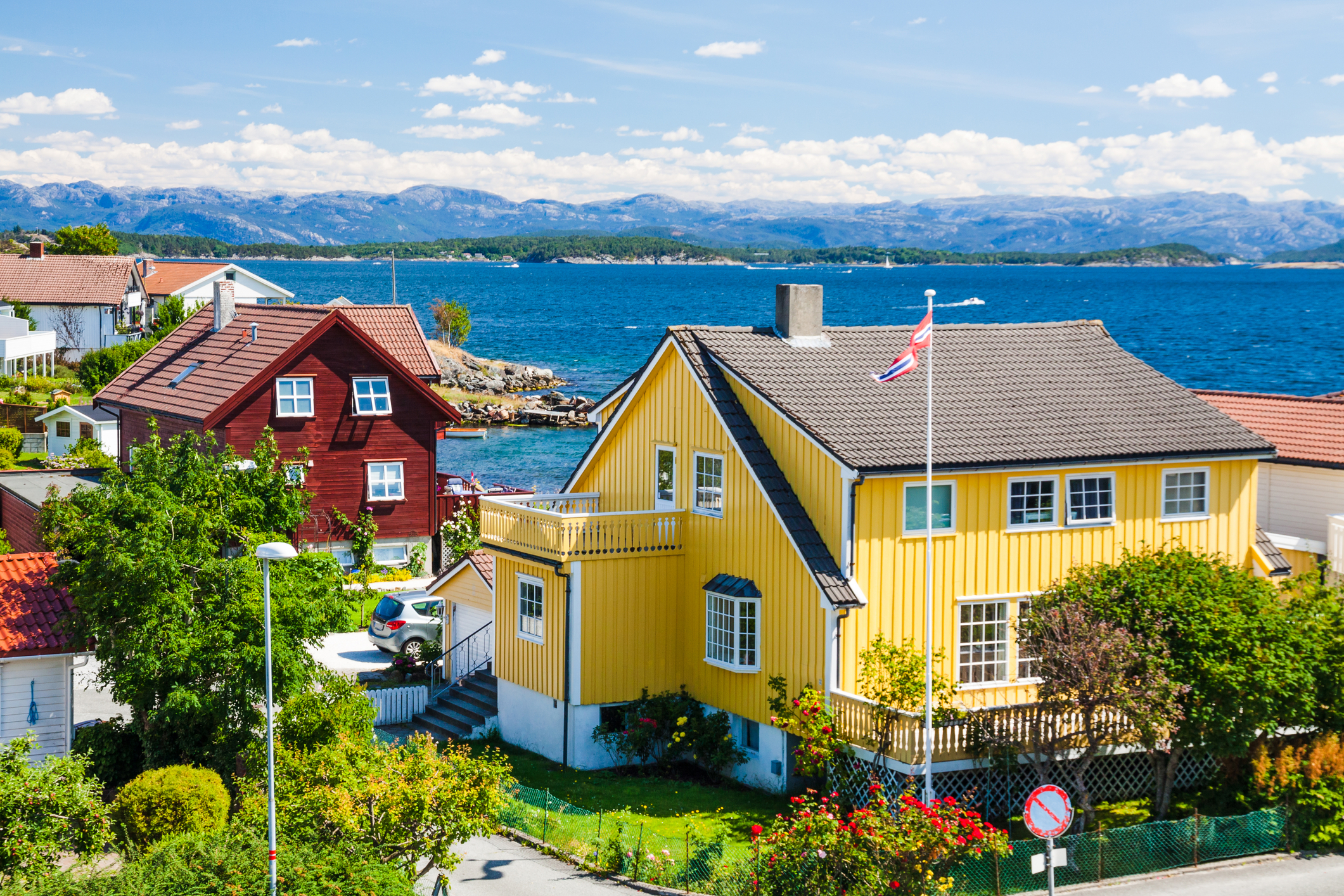
Testing Water Temperature during the Home Inspection
As part of my home inspections, I test the water temperature at a minimum of one fixture, and sometimes, more. The State of Washington Standards of Practice states that the Inspector will report "Whether or not the water temperature was tested and state that the generally accepted safe water temperature is one hundred twenty degrees Fahrenheit."
Most inspectors simply report the generally safe accepted level and let it go. I don't for reasons that I'll cover here in a moment. First, the following will give you a sense for how hot water can injury. Note that these are for average adults, not small children or the very elderly.
- Water at 100 degF or below is unlikely to scald an adult occupant at any exposure time.
- Water at 120 degF for 5 minutes can cause 2nd & 3rd degree burns on adult skin
- Water at 130 degF for 30 seconds can cause 2nd & 3rd degree burns on adult skin
- Water at 140 degF for 5 seconds can cause 2nd & 3rd degree burns on adult skin
- Water at 150 degF for 1.5 seconds can cause 2nd & 3rd degree burns on adult skin
- Water at 160 degF for .5 seconds can cause 2nd & 3rd degree burns on adult skin
My record for water temperatures, actually measured in a home in Moscow, was 179 degF, hot enough to make coffee with. 150 degF is not all that unusual.
The reason all this came to mind is a report of Legionnaire's Disease in the Bronx. For those unfamiliar with the disease, it is bacterial in nature and a particularly nasty form of pneumonia. It is water-borne but, to infect, it needs to be inhaled. Think humidifiers or showers where the bacteria in the water is atomized to particles that can be breathed.
The types of systems most likely to create ideal conditions? Cribbing from OSHA, "Warm, stagnant water provides ideal conditions for growth. At temperatures between 20°C-50°C (68°-122°F) the organism can multiply. Temperatures of 32°C-40°C (90°-105°F) are ideal for growth. Rust (iron), scale, and the presence of other microorganisms can also promote the growth of LDB."
Sounds a lot like the well water we have here, conveniently heated to nearly ideal conditions for growth inside our water heaters.
Per OSHA, "Maintain domestic water heaters at 60°C (140°F). The temperature of the water should be 50°C (122°F) or higher at the faucet."
That's why I test the temperature and why, if the client is attending the inspection, we discuss the temperature. I don't call out high water temps as a safety hazard until I measure 130 degF. Even then, the discussion starts first with a question about who will be living in the home with the client.
I explain the state standard, which is based on manufacturer liability standards, as well as energy conservation standards. Then I explain the third leg of the risk triangle, bacteria control.
The reason that I might consider testing at more than one location in the home is that the newer faucets, especially for tubs and showers, have tempering valves. That is, the valve blends cold into the hot to moderate the temperature to safer levels. The place to get the most accurate reading on the output temperature of the water heater is usually at the utility sink since the hot and cold water controls separate.
If I get a low reading but a very fast rise on the temperature, I look for additional test points to confirm my reading. I don't want to inform the client that the temperature is under 120 degF if the test point is subject to tempering.
Depending on their particular circumstances, the clients may wish to leave the water temperature at a higher level than the standard. The point is to ensure that they are well informed on both the pros and cons of setting the water temperature for the home.
Washington State License #215
Former SBCC Member, Former Chairman State Home Inspector Advisory Licensing Board.


